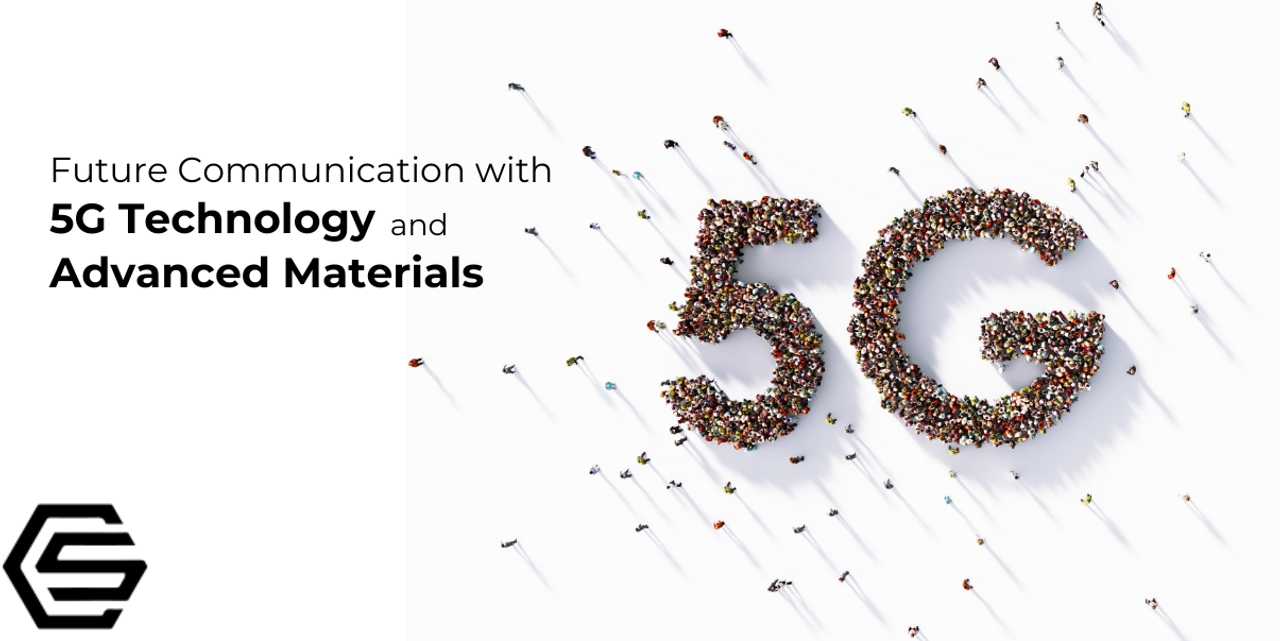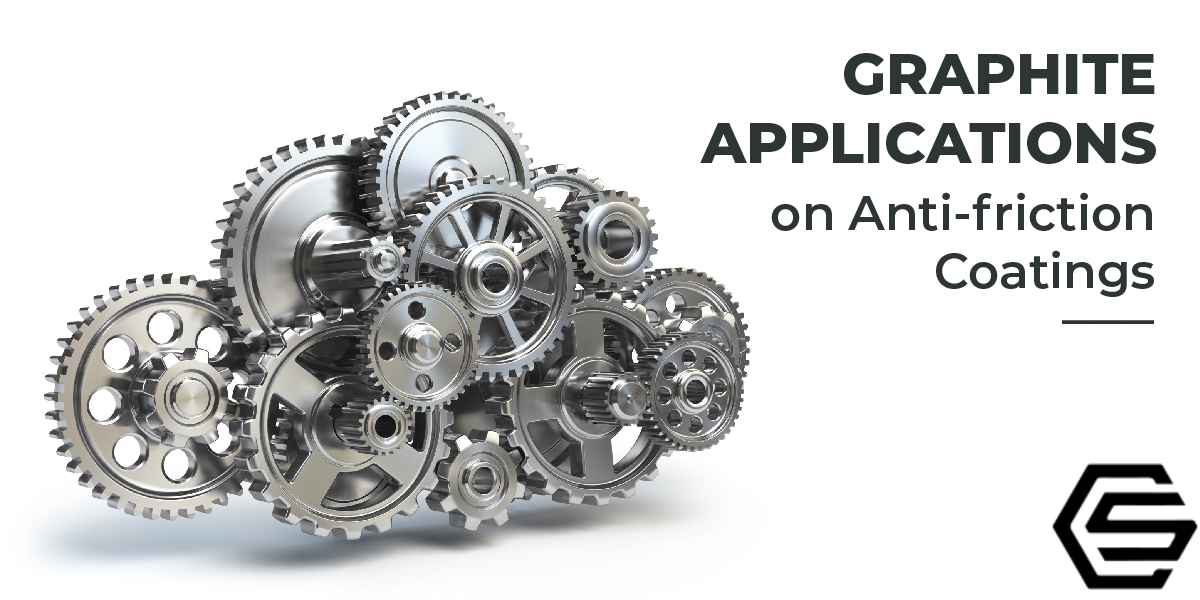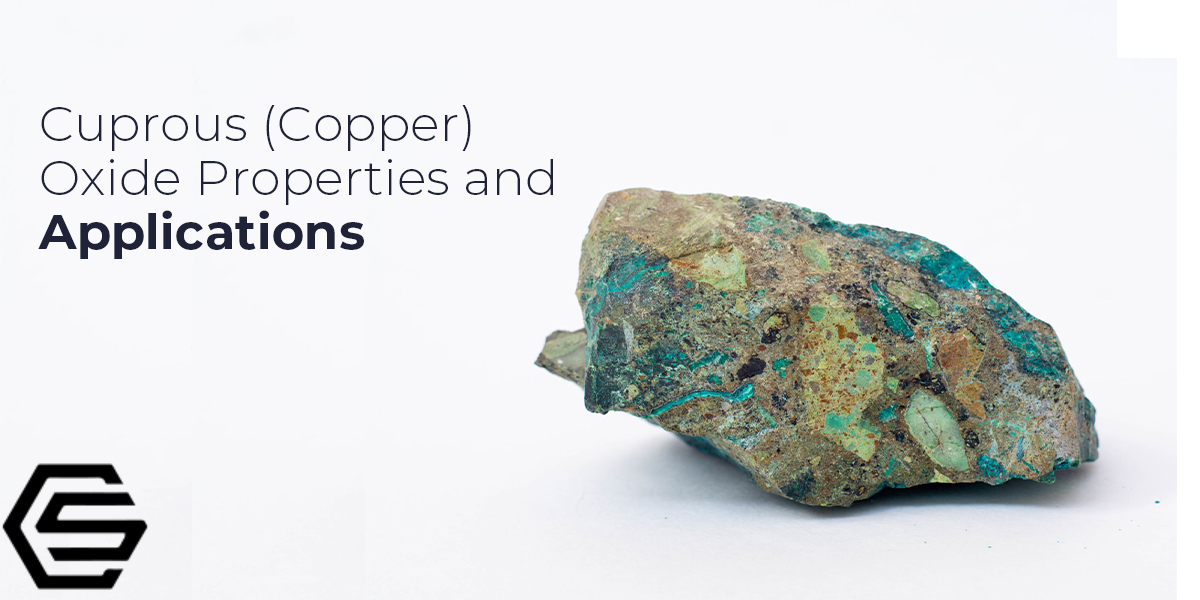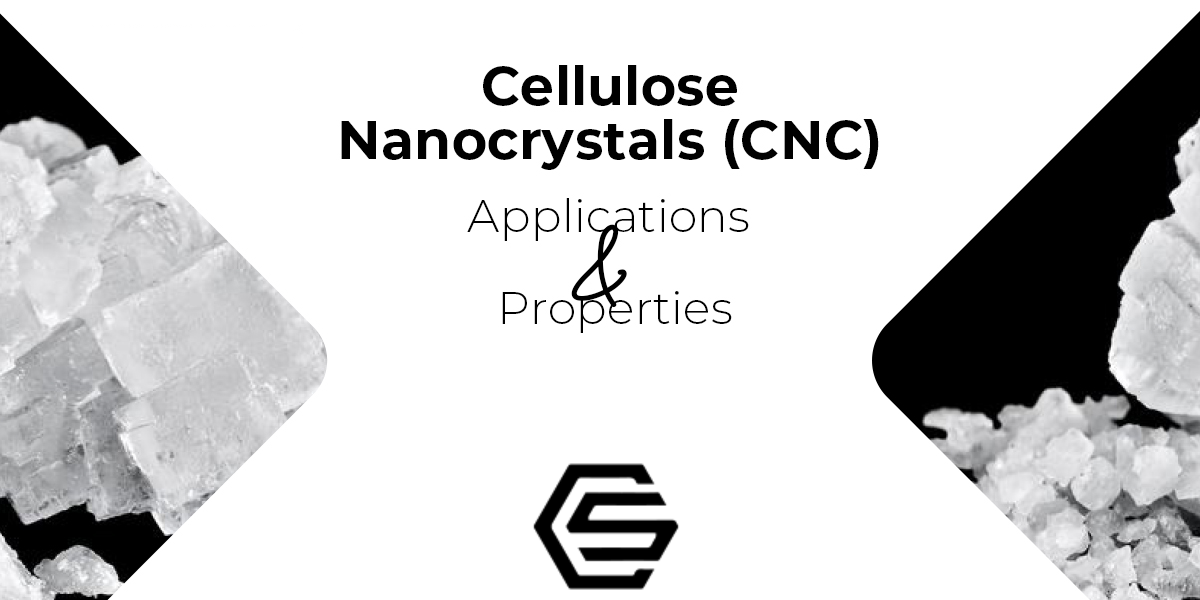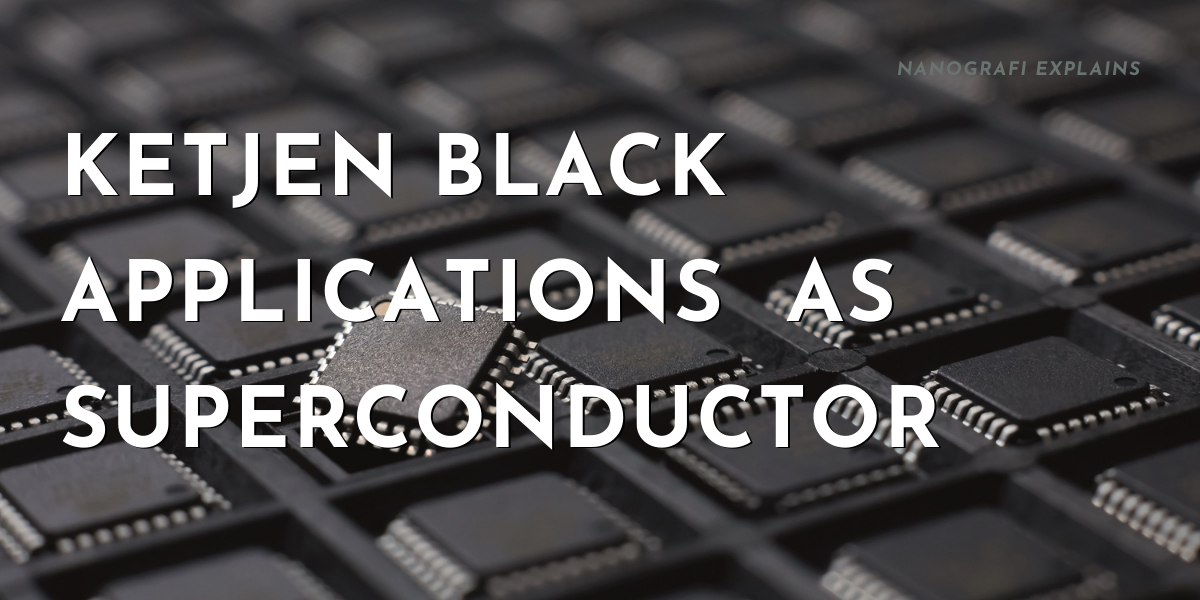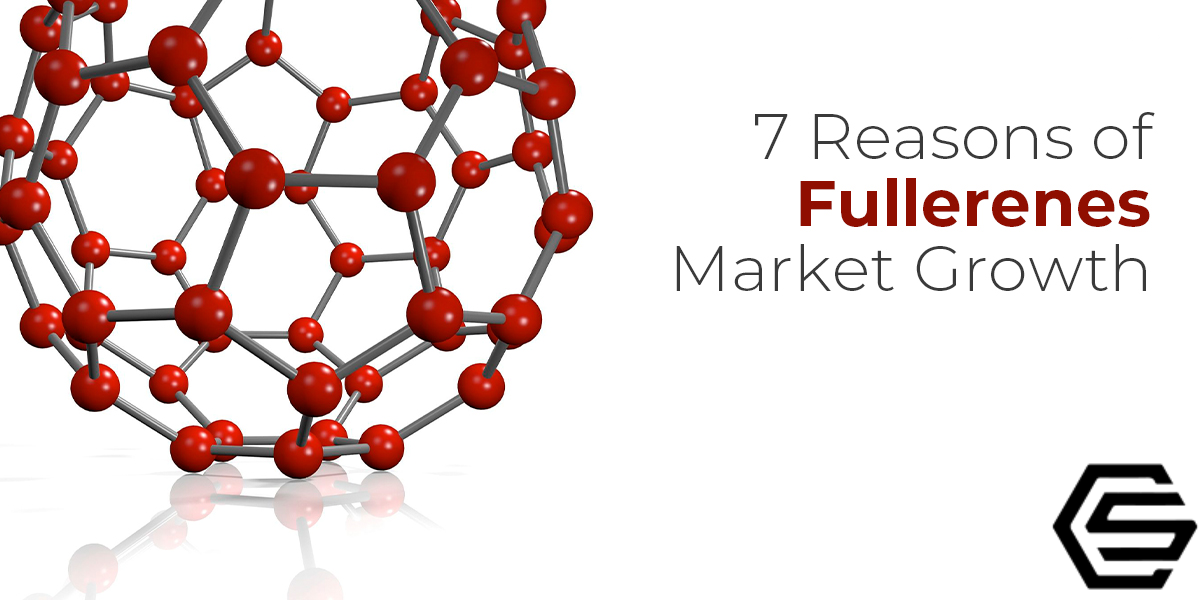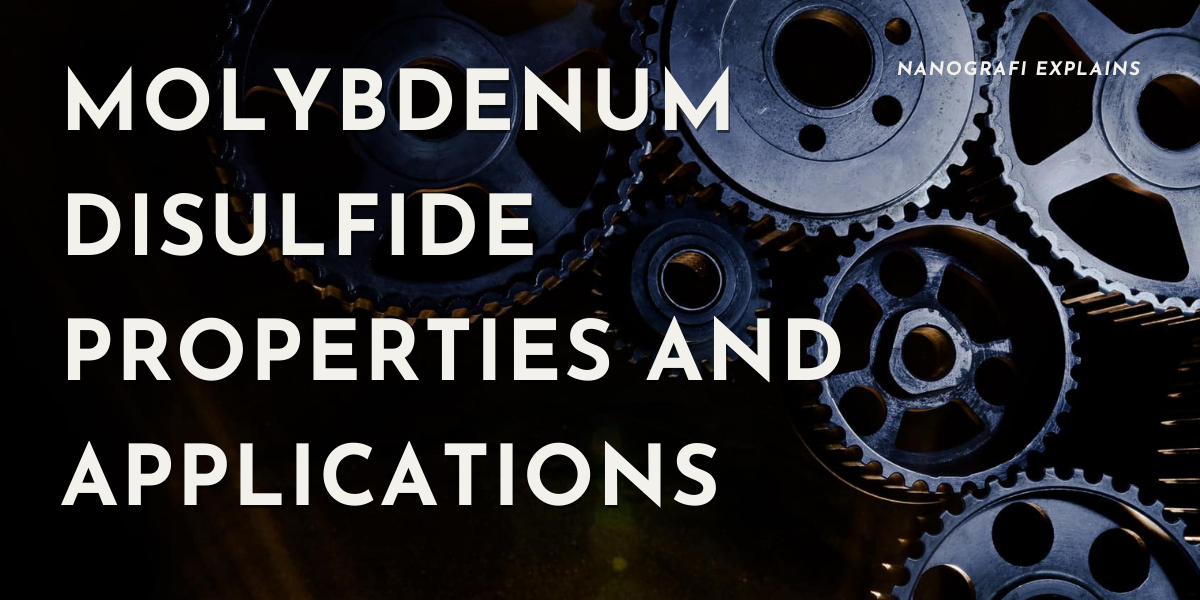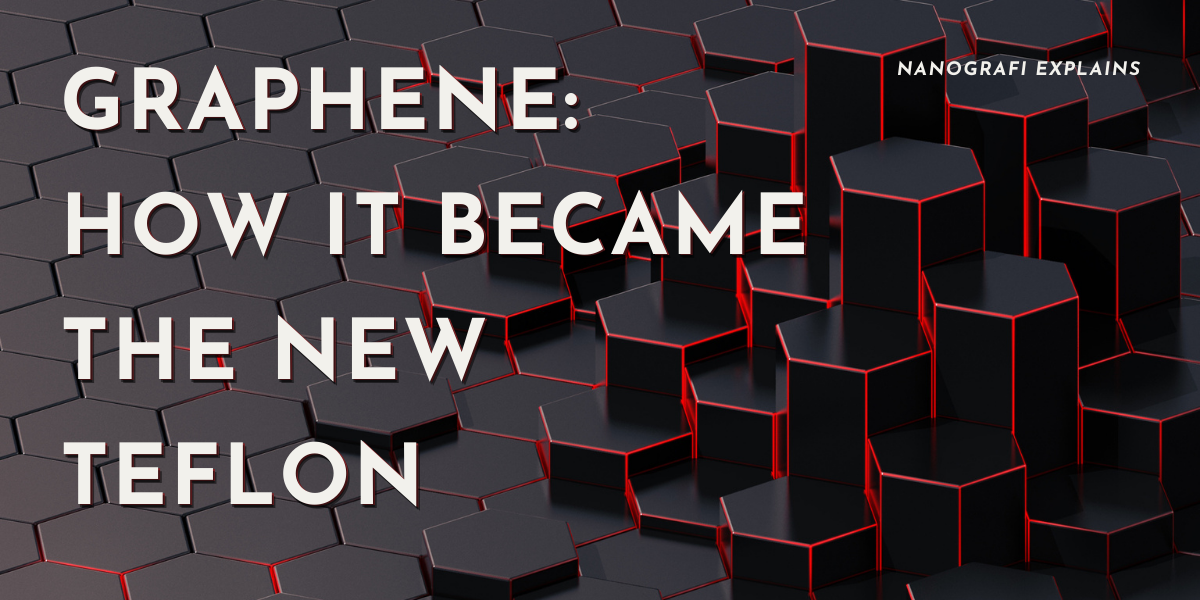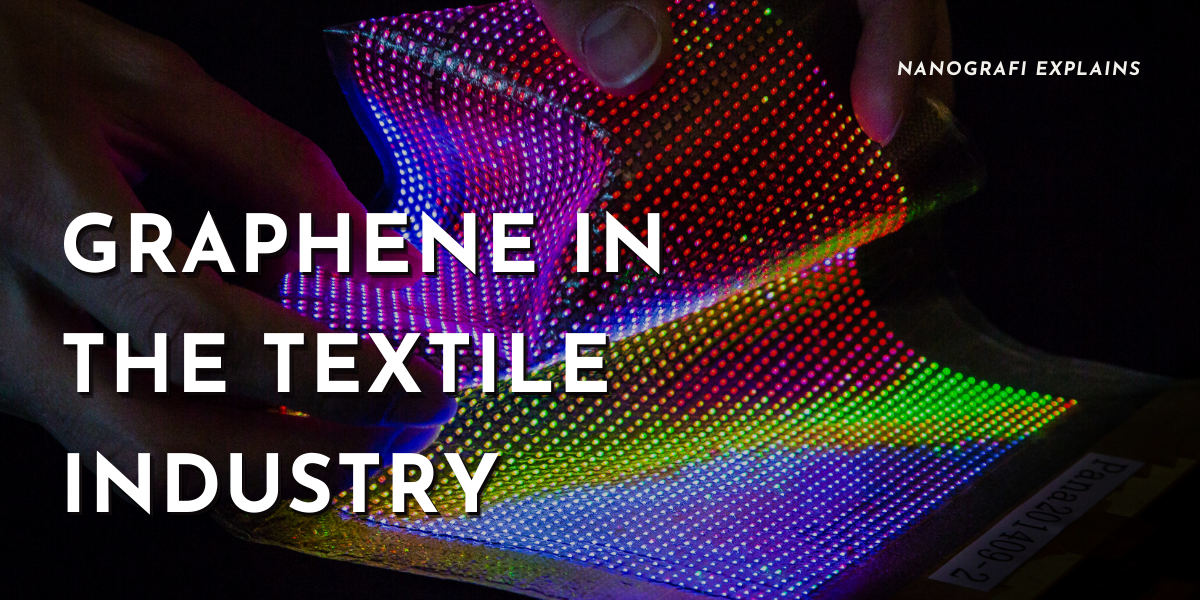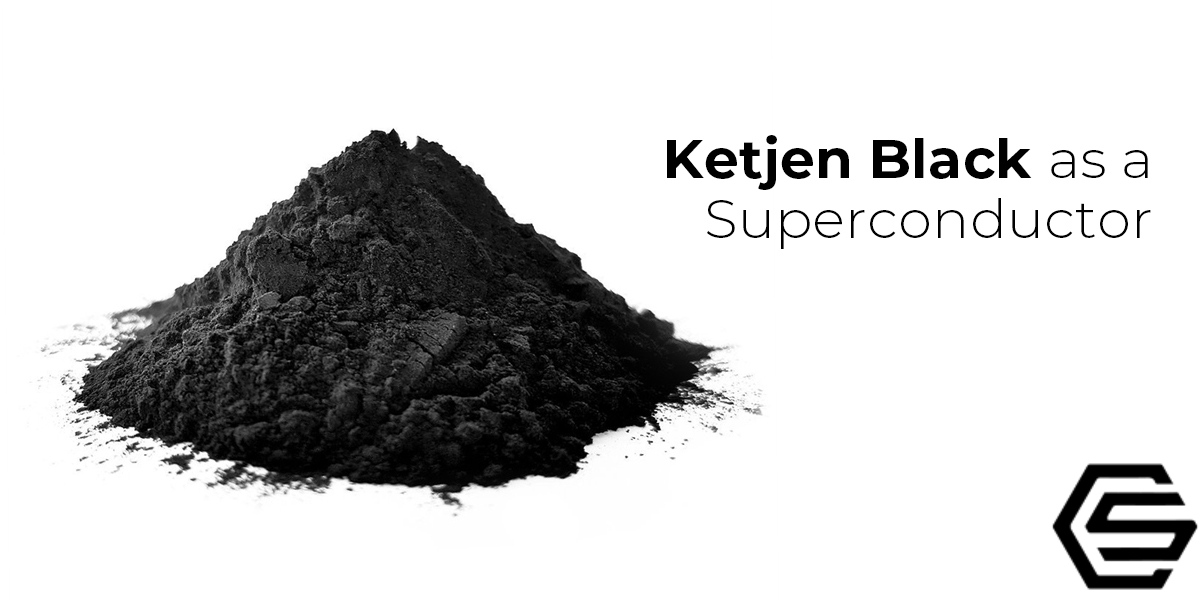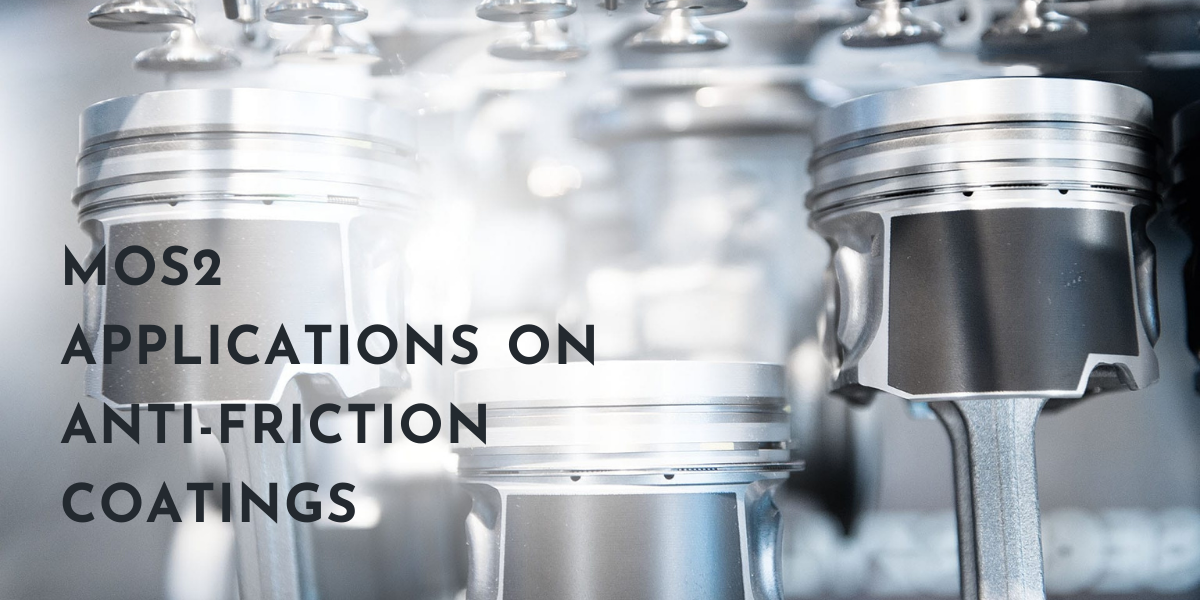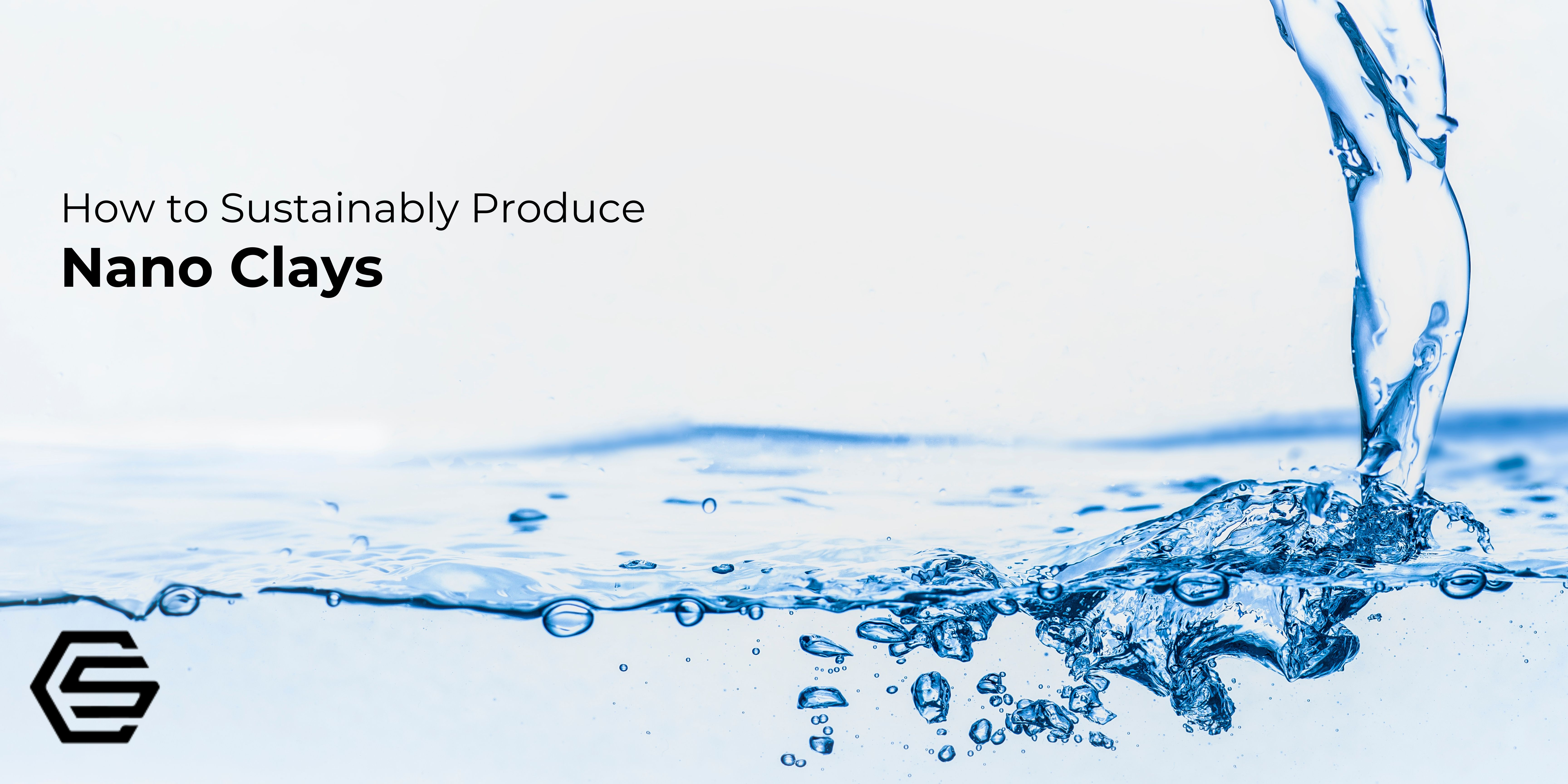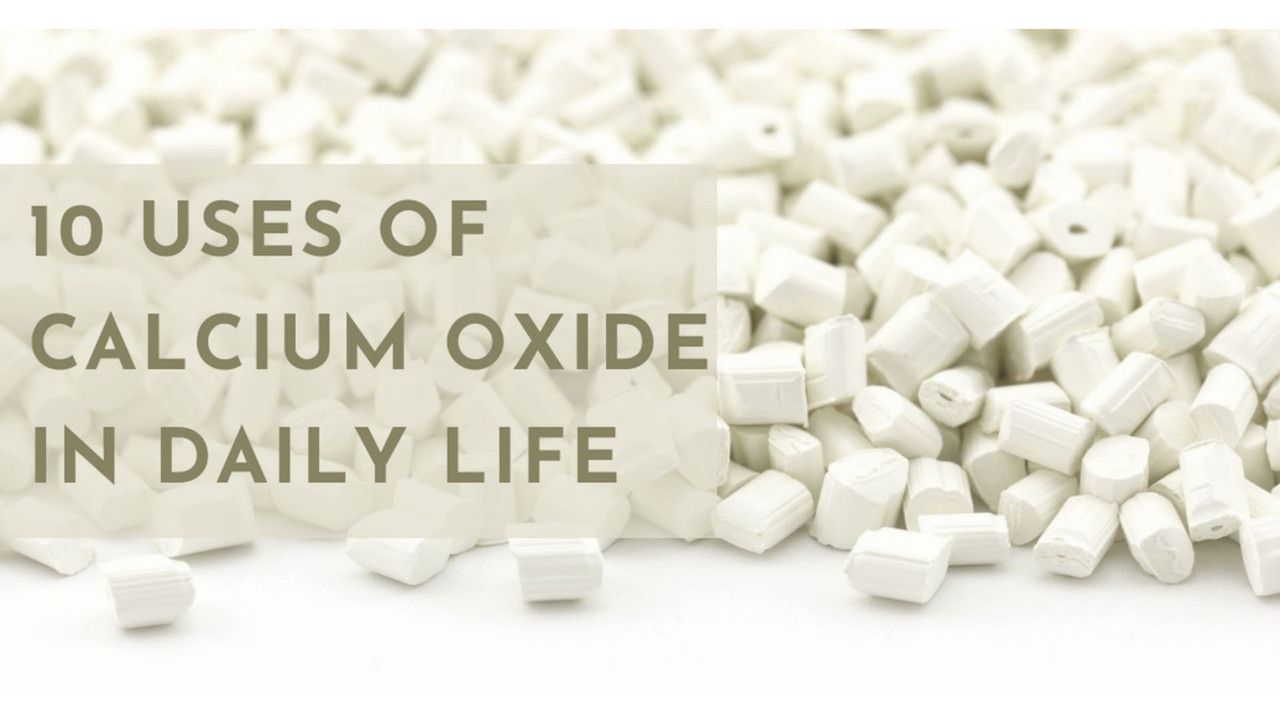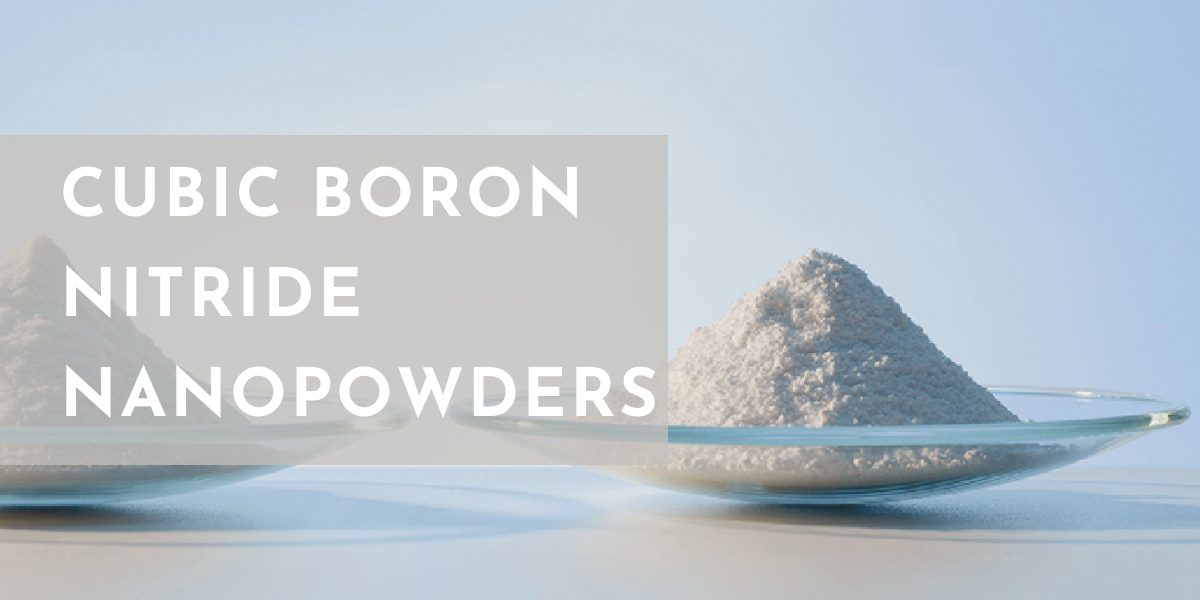5G technology opens the doors to a new era in communication with faster connection speeds, low latency and wide coverage. This new generation technology enables important applications in many sectors such as health, industry, transport and smart cities.
However, the performance promised by 5G is only possible with the use of high-performance advanced materials. Ceramics and other advanced engineering materials form the cornerstones of 5G infrastructure by enabling systems to operate efficiently. These materials need to be carefully selected to overcome challenges such as increasing transmission speeds, downsizing devices and ensuring energy efficiency. Nanografi, Türkiye's first nanotechnology company, contributes to the development of communication technologies by meeting the advanced material requirements of 5G infrastructure with its wide range of high performance and high quality products.
Introduction
5G communication technology is driving a significant development in connectivity with applications such as the Internet of Things (IoT), augmented reality (AR), virtual reality (VR), factory automation and inter-vehicle communication. To meet the high demands of 5G networks, electronics manufacturers are developing new components to overcome challenges such as thermal management, energy efficiency and miniaturisation. Ceramics, polymers and advanced composite materials used in 5G components play an important role in improving the reliability and performance of the network. In this article, the key materials used in 5G communication systems and their contributions to technology are discussed.
Evolution of Wireless Communication
Wireless communication technology started with 1G in the 1980s and allowed only voice communication with analogue signals. With the introduction of 2G in the 1990s, digital technology provided clearer voice quality and made it possible to send short messages (SMS). In the 2000s, mobile internet, multimedia applications and video calls became widespread with 3G technology. 4G, launched in 2009, enabled faster data transfer, high-definition video streaming and the expansion of online services.
Today, 5G is used in areas such as smart cities, autonomous vehicles, industry 4.0 and the healthcare sector by providing low latency, high data rates and more device connections at the same time. 6G technology, which is expected in the coming years, aims to offer a much more advanced wireless connectivity experience by 2030 with artificial intelligence-assisted communication, terahertz frequency bands, holographic communication and fully autonomous systems.

Figure 1. Schematic representation of the evolution of wireless communication.
What is 5G and What are its Technical Specifications?
5G is the fifth generation wireless communication technology. It offers a wide range of uses from our mobile phones to smart devices in our homes. One of the most important features of 5G is that data download and upload speeds are much higher than 4G. For example, you can download an HD film in seconds. In addition, 5G enables devices to exchange data instantly with very low latency. This is a critical advantage, especially for autonomous vehicles and remote surgical applications. In addition, with 5G, millions of devices can connect and work seamlessly at the same time. This offers great opportunities for smart city projects and industrial automation.
So, where are advanced materials in 5G?
The realisation of the high speeds, low latency and large connection capacity promised by 5G is directly dependent on the quality of the materials used. For this reason, advanced engineering materials are used in all components from antennas to circuit boards. Innovative materials such as ceramics, polymers and graphene are preferred to increase durability, minimise energy loss and ensure long-lasting operation of systems.
What are the Advanced Materials Used in 5G?
Some advanced materials commonly used in 5G systems are as follows:
Ceramic Materials
Ceramic materials offer significant advantages such as high frequency performance with low dielectric loss, mechanical strength in thin sections, stable performance at high temperatures and ease of metallisation to meet the high data rates and low latency requirements of 5G technology.
Low Dielectric Loss Ceramics (Microwave Dielectrics)
These ceramics are used in applications such as filters and resonators used in antennas, base stations and devices. Thanks to its low dielectric loss, it improves energy efficiency by maintaining signal strength and maintains performance at varying temperatures with its high thermal stability. Commonly used materials include Barium Carbonate (BaCO₃), Barium Zinc Cobalt Niobate (BaZnCoNbO₆) and Barium Titanium Oxide (BaTiO₃).
Low-Temperature Cofired Ceramics (LTCC)
Used as integrated circuit packaging material and in MIMO antenna arrays and filters, these ceramics are characterised by their low sintering temperature. They provide high thermal conductivity, optimising temperature management and can be easily integrated with RF components. Aluminium Oxide (Al₂O₃) and Mullite ceramics are common examples.
Ferrite Ceramics (High Frequency Magnetic Materials)
Ferrite ceramics used in circulators and isolators have the ability to direct RF waves and minimise losses. It provides high performance in small size with high saturation magnetisation. Yttrium Oxide (Y₂O₃), Yttrium Iron Garnet (Y₃Fe₅O₁₂ - YIG) and Nickel-Zinc Ferrite (NiZnFe₂O₄) are among the important materials in this group.
Polymer Ceramic Composites
Used in flexible antenna applications and in-device components, polymer ceramic composites provide a cost-effective alternative by offering lightweight and flexible solutions. Their advantages are that they can be integrated into polymer-based systems and provide a wide range of dielectric constants. Ceramic-filled polymers, especially doped composites such as titanium dioxide (TiO₂) and silicon dioxide (SiO₂), stand out.
Ceramics for Waveguide Filters
Used in millimetre wave (mmWave) applications, these ceramics provide low signal attenuation and high sensitivity at high frequency. Materials such as Magnesium Titanium Oxide (MgTiO₃) and Barium Strontium Titanium Oxide (BSTO) are widely used in this field.
Graphene and Carbon Nanotubes
Graphene and carbon nanotubes are important building blocks of 5G technology with their electrical conductivity and durability. Graphene is a single-atom-thick layer of carbon and is stronger than steel, although it is quite light. It also offers excellent thermal and electrical conductivity, enabling 5G devices to operate faster and more energy efficient, providing high frequency and bandwidth excited by coplanar waveguide.
Carbon nanotubes are tubular structures of graphene and offer excellent mechanical strength. Graphene-based antennas improve signal quality by working more effectively at high frequencies with their light and thin designs. Carbon nanotubes increase the energy density of batteries, providing longer-lasting and fast-charging energy storage solutions. In addition, graphene-based transistors increase data processing speed, allowing 5G devices to operate more efficiently.
Polymers
Polymer materials are widely used in external coatings, radomes and insulation elements of 5G devices. Thanks to their flexible and lightweight structure, they provide a long-lasting use by protecting the devices against impacts and environmental effects.
To learn 60 uses of graphene, a superior material used in many fields such as energy, medicine, electronics, read our blog post.
Conclusion
In order to fully utilise the advantages offered by 5G technology, the materials used are of critical importance. Materials such as ceramics, graphene and polymers ensure the efficient operation of 5G infrastructure, increase the durability of systems and improve the user experience. New material developments in the future will further advance the potential of 5G.
Nanografi has a production capacity of 100 tonnes of graphene per year, view the full range of advanced materials products now.
References
60 Uses and Applications of Graphene – Nanografi. (n.d.). Retrieved January 23, 2025, from https://nanografi.com/blog/60-uses-and-applications-of-graphene-nanografi-/
Adhikari, M., &Hazra, A. (2022). 6G-Enabled Ultra-Reliable Low-Latency Communication in Edge Networks. IEEE Communications Standards Magazine, 6(1), 67–74.
Materials Used in 5G Communication - Scitech Patent Art. (n.d.). Retrieved January 23, 2025, from https://www.patent-art.com/knowledge-center/materials-used-in-5g-communication/
Materials Used in 5G Communication - American Ceramic Society Bulletin. (2019, August). Retrieved January 23, 2025, from https://www.ceramics.org/knowledge-center/ceramic-materials-for-5g-wireless-communication-systems/


